Dunkirk Cottages (also known as Dunkirk Place or simply Dunkirk) date back to 1720 and would originally have had a thatched roof. It can be seen below from a different angle, with 'Paradise' to the left). George Leslie Hunter captured many similar scenes of cottages in Fife, as he spent a significant period of his later life in the county. He was also a prolific painter of Lower Largo (the pier, beach, viaduct, etc). He died in Glasgow in 1931.
|
The 1920s painting above is "Cottages at Largo" by the Scottish colourist George Leslie Hunter. It is owned by Perth and Kinross Council and resides at the Perth Museum and Art Gallery. Although the title is vague, it clearly features 'Dunkirk Cottages' in Mill Wynd, Lundin Links. The recent photograph above of the same view shows that, a century on, the structure of the main building has not really altered. However, the buildings to the right in the painting have now gone. They were part of 'Paradise Place', which was demolished in the 1960s.
Dunkirk Cottages (also known as Dunkirk Place or simply Dunkirk) date back to 1720 and would originally have had a thatched roof. It can be seen below from a different angle, with 'Paradise' to the left). George Leslie Hunter captured many similar scenes of cottages in Fife, as he spent a significant period of his later life in the county. He was also a prolific painter of Lower Largo (the pier, beach, viaduct, etc). He died in Glasgow in 1931.
1 Comment
The unusual perspective, captured by St Monans-based photographer William Easton around 1900, looks up towards Bridge House on Largo Road with Fir Park behind it. To the right is the rear of the Keilside Bakery (once a brewery and bakehouse).
William Easton was a professional photographer, particularly active between around 1890 to 1920. He often captured life in the fishing villages of Fife, especially St Monans, where he ran a chemist and newsagent business. He died in 1929. In this shot he is standing at water level with multiple higher levels above him at different heights: the sluice and dam; the bridge; the Bridge House and the trees of Fir Park. The Bridge and Burnside also featured on a popular postcard from a similar era. This locality was known as Burnside and behind photographer was a clear view towards the flour mill. Looking in more detail at the image (see below), the shop is visible on the ground floor of Bridge House. This was run by Maggie Bremner before she became post mistress at the brand new Post Office on Leven Road in 1896. The Bridge House shop was then occupied by Christina Young before she re-located to Emsdorf Street. The zoomed-in view also reveals that seven or eight people are standing looking over the bridge at the photographer! Another detailed view (further below) shows children down at the side of the burn to the right of the main photo. A boy is standing close to the tree at the end of the dam, next to a post which marks the spot where a channel diverts water away from the burn to the flour mill further down-stream, to drive the wheel (the map at the foot of this post illustrates the system). Also, there appears to be two little girls sitting on the bank of the Keil Burn slightly down-stream. The overall photograph above is a charming and peaceful scene and would make a beautiful painting. Just three months after the unveiling of the Robinson Crusoe statue in Lower Largo, the village experienced one of its darkest events when seven local men lost their lives while fishing. The men were the crew of the "Brothers" fishing boat (registration KY. 39), skippered by Samuel Gillies, pictured above. They had set off on 29th March 1886 - along with six other deep sea fishing boats - and had been due to return on 31st. However, on 30th March, about 50 miles east of May Isle, they were caught in a squall. One of the earliest newspaper reports on the incident (2 April Aberdeen Evening Express below) reports the boat as missing. Over the days that followed, many newspapers picked up on the story, speaking of growing fears for the crew. By 6th April, the Dundee Evening Telegraph reported that "all hope is now abandoned of the safety of the fishing boat Brothers". The piece continues... "The master of the boat Jane and Minnie reports being close to the Brothers at one o'clock on Tuesday afternoon, 50 miles east of the May Island, and that she was then engaged shooting her lines; but shortly after a blinding shower hid her from view, and she was not seen again....She had a splendid crew, and had weathered many a storm. It is the general opinion that she had been swamped by a heavy sea while her hatches were off, as they would necessarily be while the crew were hauling their lines. The calamity has cast a gloom over the place, and has made a large blank in the village, and there is hardly a family but is connected with the lost ones by some degree of relationship. Samuel Gillies, the master, was a man of amiable disposition, and had all the pluck and daring essential to his calling. He was a model skipper and much liked by all who knew him." The Brothers was built around 1882 and was 47 feet in length. In the same year, the Ocean Bride (registration KY. 4) was built for William and Robert Gillies. Ocean Bride is pictured in the centre of the Largo harbour scene below, captured around 1885 by photographer Erskine Beveridge. It seems likely that the Brothers would have been a similar looking vessel. The men who perished on 30th March 1886 were:
Samuel Gillies, aged 45, husband of Agnes Kirk, with whom he had four children* John Gillies aged 23, unmarried, son of Samuel Alexander Gillies, aged 21, unmarried, also son of Samuel David Wishart, aged 47, husband of Ann Ballingall, with whom he had ten children (some grown up) David Wishart, aged 22, son of David senior and husband of Margaret Smith with whom he had three children James Wishart, aged 22, also son of David senior, and husband of Janet Dowie, with whom he had 5-month-old twins John Johnston, aged 22, unmarried, son of Andrew Johnston and Margaret Sharp * Samuel had previously been married to Agnes Simpson with who he had seven children before her death in 1875 As the Dundee Evening Telegraph remarked, "No accident of so serious a nature has ever occurred to any boat belonging to Largo". Apparently, 27 years earlier, a yawl was lost and three of a crew of four were drowned. A subscription list opened by Rev. David Malloch raised £500 locally to support the bereaved families. Once this had been almost exhausted, additional funds were secured from the Royal Relief Fund (see below from 25 August 1886 Fife Herald). For the families of the seven men, life had to go on and today the many descendants of the lost crew still think about this tragedy of 132 years ago and how deeply it affected those left behind. The Reverend David Malloch was born around 1824 to David Malloch and Margaret Ellis in Lanark. He lost his father as a child and was working for a living by the age of ten. The 1841 census finds David and his mother working at New Lanark Industrial Village and living at Caithness Row there (pictured below). David was described as a "cotton carder" and his mother as a "reeler". However, by studying hard after work each day, David was able to secure a position as a teacher at Glasgow High School in 1845. And in the same year, he married Christina Orr who had also been living and working at New Lanark, as a cotton reeler. By the following year, David had his own small school - West Muir - in the Parkhead area of Glasgow. At the time of the 1851 census, the Mallochs were living near the school with their 5-year-old son William. Soon afterwards, David decided to "go in for the ministry" and entered Glasgow University to study towards this ambition. Upon completion of his studies he was appointed as a missionary in St. Michael's U.P. Church in Greenock (1 July 1896 Dundee Courier). Following his time in Greenock and a spell "supplying pulpits" in Ireland, David received the call late in 1859 to the U.P. Church at Largo. The snippet below from the Fife Herald of 9 Feb 1860 details the process leading up to David's ordination at Largo on 13 March. At that time the church was £400 in debt so David "at once entered into the task of wiping this off". He was so well supported in this aim that it was achieved in under twelve months. The Courier of 1 July 1896 continues his story stating that... "In the thirteenth year of his ministry, Mr Malloch had the pleasure of seeing the handsome church the U.P. congregation now worship in opened." At a cost of £1,200 the new church replaced its century-old predecessor that had been built with the help of local people who had carried stone from the beach in barrows, creels and aprons. The stone plaque built into the front elevation bears the year of construction (1871) and the initials of David Malloch (D.M.) - see below. 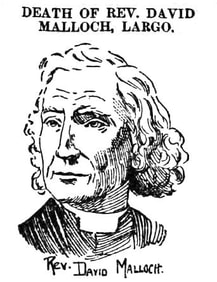 Rev. Malloch must have seen many things during his thirty six years as pastor at Largo, overseeing hundreds of christenings, marriages and funerals and witnessing many community events - both celebratory and tragic. In 1886, when the boat "The Brothers" was lost, along with seven local men, Rev. Malloch opened a subscription list and succeeded in raising £500 for the benefit of bereaved widows and families. David Malloch's last significant public appearance was at the opening of the Lundin Golf Club House on 4 April 1896 "when he led off the refrain 'He's a Jolly Good Fellow' when Mr Gilmour's health was proposed". He preached his last sermon on 3 May 1896 and died on 29 June at the manse. He was survived by his wife, three sons and one daughter (although the Mallochs had at least seven children in total). The St Andrews Citizen on 4 July described his "genial buoyant spirits" and the fact that he was "conspicuous throughout the parish by his locks and shaven face, which seemed to savour more of art than the pulpit". Also noted was that "he never conducted a service in his church without remembering in his prayers those who went out into the deep in ships" - making him a "special favourite" of the fisher folk. A wall plaque was placed on the wall inside the church to his memory which read: "For 36 years (he) went out and in among them, speaking words in season to the weary and comforting the afflicted, while his Christian qualities and generous sympathies won for him the esteem and reverence of his flock and of all who knew him." The photograph above shows the house originally built as the U.P. Manse on Woodlands Road in Lundin Links. This substantial house, built from local stone, dates back to 1851 when it replaced the old manse at 21-23 Main Street in Lower Largo. The Fife Herald of 9 October that year reported on the laying of its foundation stone (see below). The newspaper piece also provides some context to the new build. The congregation had experienced a difficult spell "during a protracted vacancy" and now were grateful to have Reverend Thomas Sommerville in post. Sommerville had come to Largo from Bankfoot in Perthshire. In addition to the provision of a new manse, in November of 1851 the "ladies connected with the United Presbyterian Church...presented the Rev. Mr Sommerville with a very handsome pulpit gown and cassock, together with a few volumes of books...in testimony of their respect and esteem for him as their pastor" (13 Nov Fife Herald). Moreover, in May of the following year the same paper reported that the U.P. congregation had "lately considerably improved the interior of their place of worship, by re-seating it in a more comfortable and commodious manner". The mid 1850s map below (with the manse right in the centre) shows that when first built, the house had generous grounds. At that time, the only other buildings on Woodlands Road were those at the far west on the north side. There was no development on the south side of the street. The railway line was not in situ at the time of the manse's completion but it would not have been long before the Sommerville family witnessed the construction of the line from their windows. Once the railway opened, Woodlands Road (then referred to by locals as 'Back Braes') was used as a short cut to get to Largo Station, walking over the viaduct. The railway fully and officially opened on 11 August 1857. By this time Rev. Sommerville was already in poor health and on 1 September that year he died aged 48 at the manse. Tragically, his youngest son was less than a month old at the time of his death. He and his wife also had several other young children. His widow, Isabella Fyfe, must have been able to remain in residence at the manse for some time after her husband's death, as on 14 March 1858, her seven month son also died there. In the meantime, the congregation appointed a newly qualified young minister - Rev. David Hay - who did not live in the manse. However, within a year Rev. Hay had died from tuberculosis - passing away in St Andrews at the age of 27 on 9 April 1859. The young people of the church arranged for a large marble tombstone to be erected at his resting place in St Andrews Burying Ground. Later that year (on 29 October) the Fife Herald noted that the congregation of around 180 had "been supplied with a succession of preachers" but were "without a settled minister". However, that was all about to change.
Late in 1859, David Malloch was called to Largo from a position in Greenock. On 13 March 1860 he was "ordained to the pastoral charge" of the U.P. congregation. The 22 March Fife Herald noted that he was the ninth minister of the church, noting that although "one laboured among them 22 years, and another 38 years, the pastorate of many of them was short and some of them only a few months". David Malloch remained in post and in residence at the manse (with wife Christina and their children) until his death in 1896 and during his tenure the new 1871 church building replaced the old church. Early in 1897, Rev. George R. Atkinson succeeded Rev. Malloch and remained in post until 1919 (during which spell the church became a United Free Church). From 1919 until 1925 Rev. George A. Charlton was minister and resident of the manse. He was followed by Rev. J. Stewart Rough (1926-1932), Rev. David A. Dick (1933-1947), Rev. John Graham (1948-1956), Rev. George Watt (1956-1963), Rev. Angus H. Haddow (1963-71), Rev Thomas J. Dyer (1972-1979) and Rev. James Mackenzie (1979-1987). Upon the retirement of Rev. Mackenzie, the house was sold by the Church of Scotland, ending its long period serving as a manse. In this week back in 1844, the Fife Herald reported the above crime, using some lovely turns of phase. Some unspecified fruits were "carried off" and some unnamed men apprehended "on suspicion of being concerned in these depredations."
Far from being a trivial crime, the same paper explained on a separate occasion why this type of thing was "particularly mortifying to the horticulturalist"... |
AboutThis blog is about the history of the villages of Lundin Links, Lower Largo and Upper Largo in Fife, Scotland. Comments and contributions from readers are very welcome!
SearchThere is no in-built search facility on this site. To search for content, go to Google and type your search words followed by "lundin weebly". Categories
All
Archives
July 2024
|
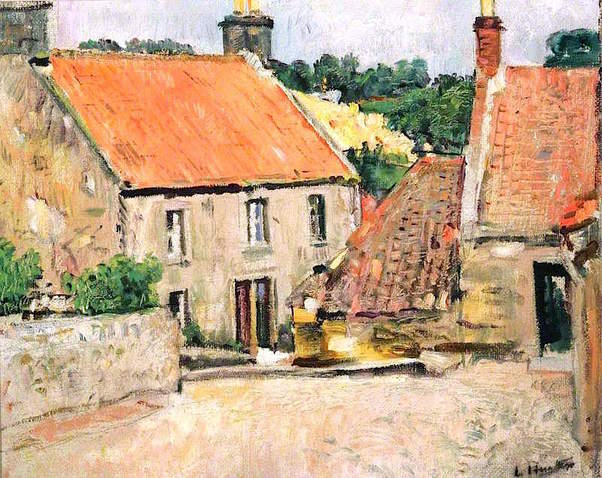
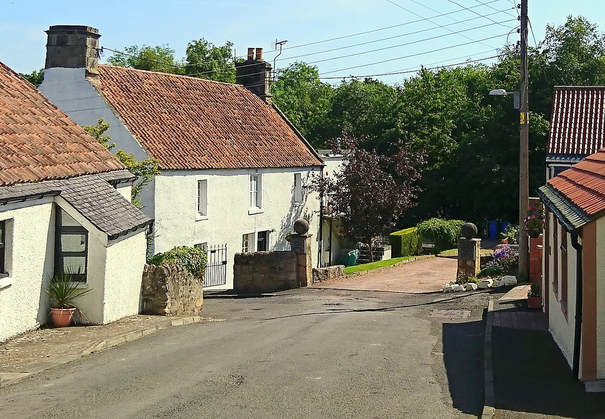
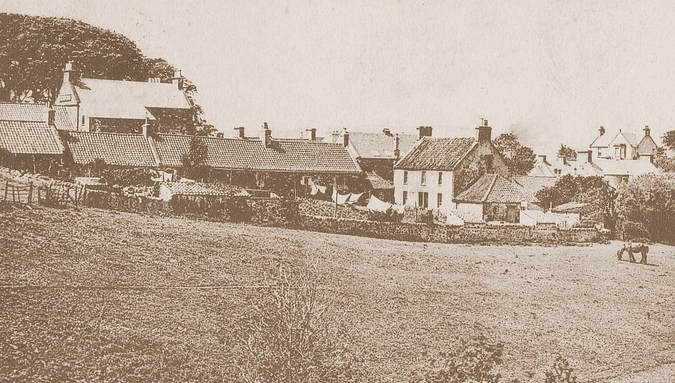
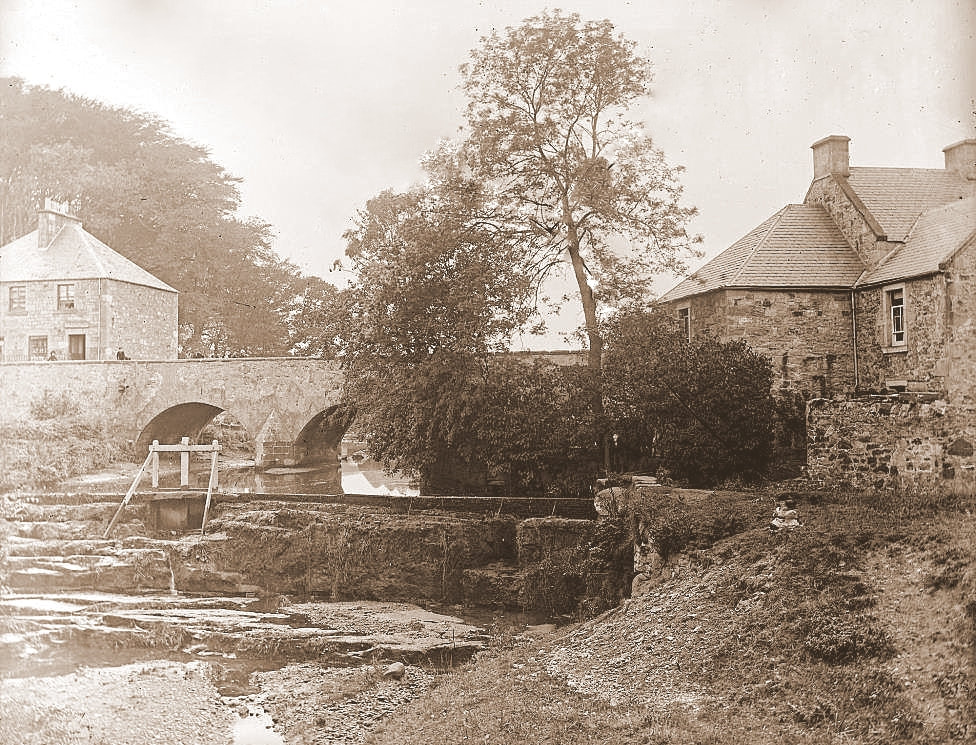
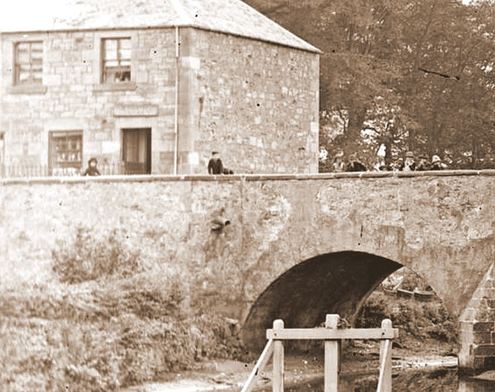
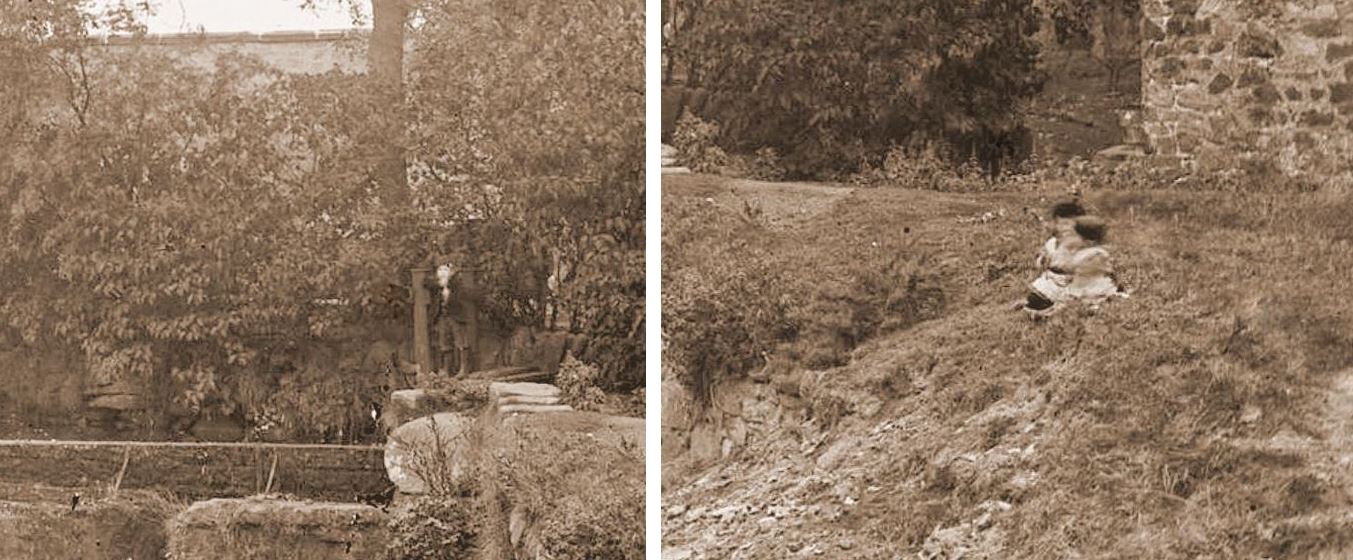
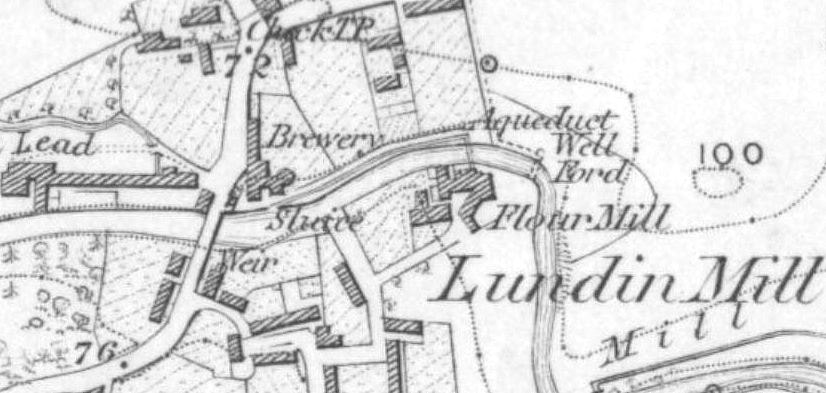
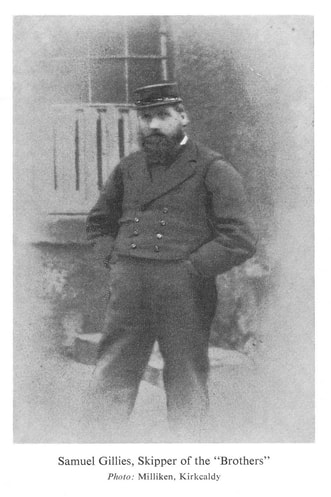
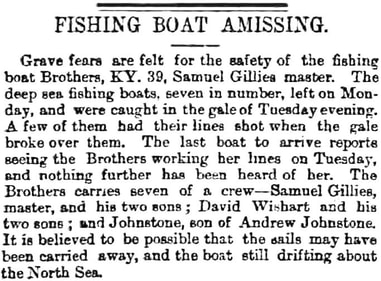
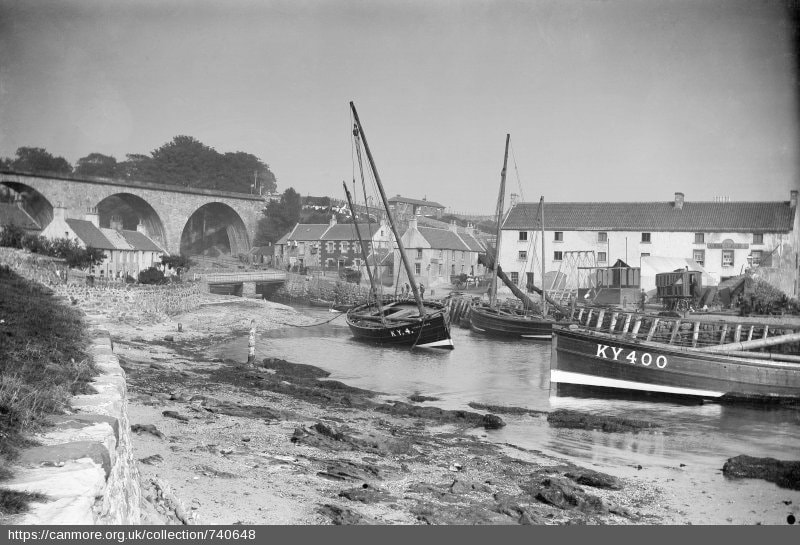
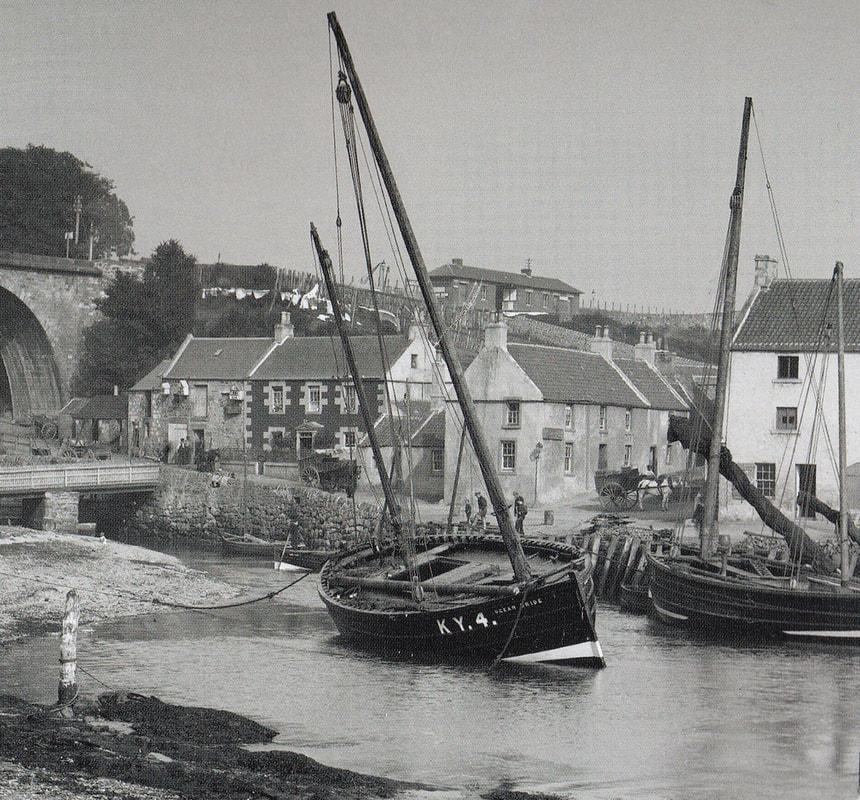
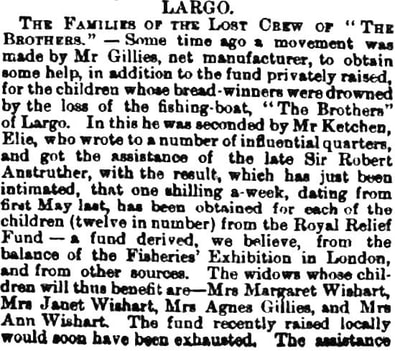
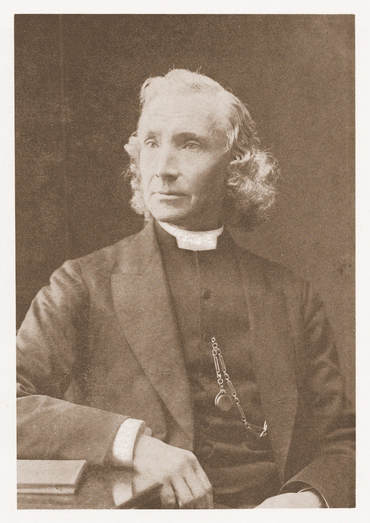
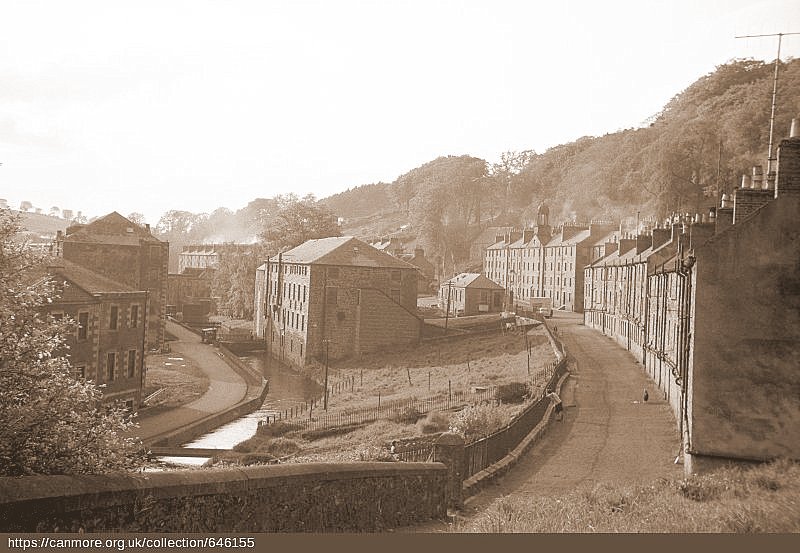

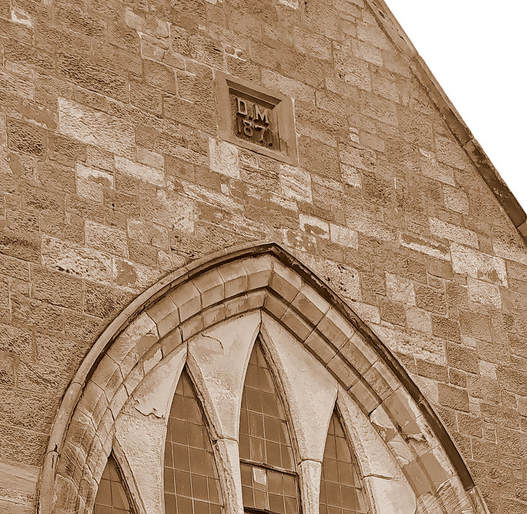
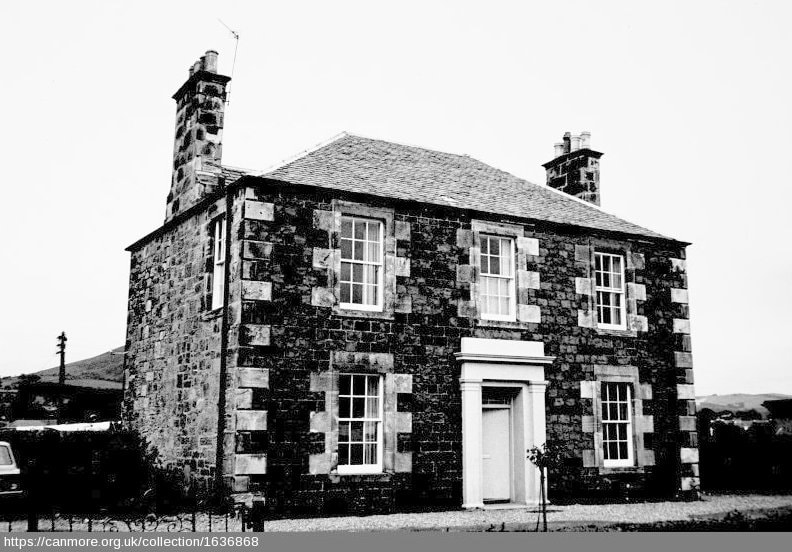
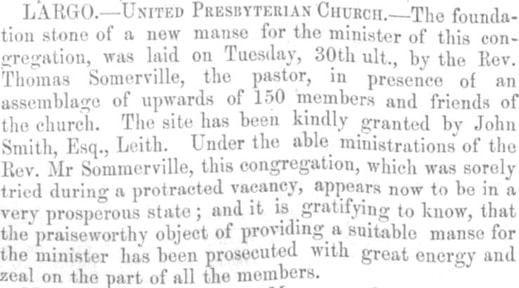
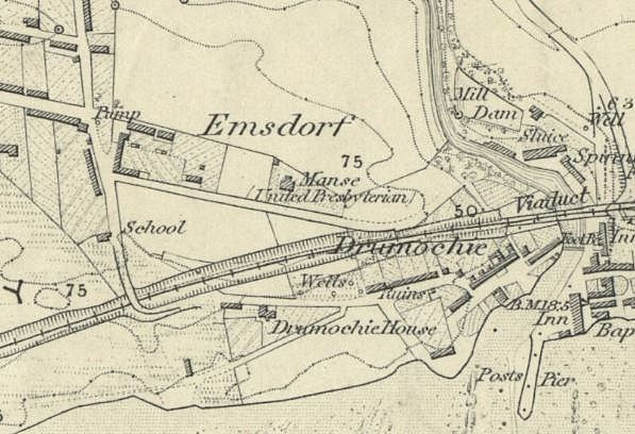

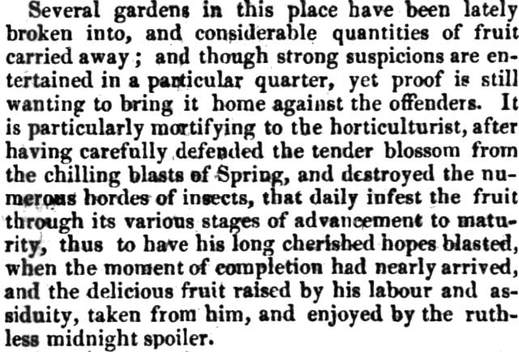
 RSS Feed
RSS Feed
